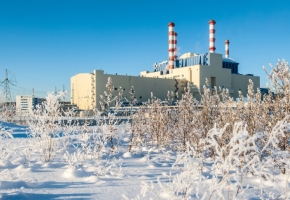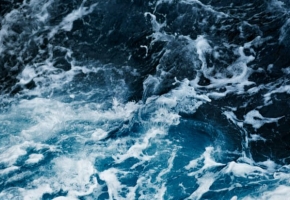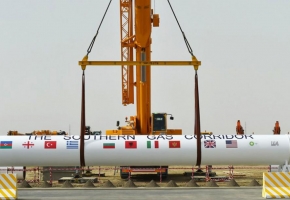Mysterious new substance possibly discovered inside Earth's core

Earth's inner core may be filled with a weird substance that is neither solid nor liquid, according to a new study.
For more than half a century, scientists believed that Earth’s deepest recesses consist of a molten outer core surrounding a densely compressed ball of solid iron alloy. But new research offers a rare insight into the inner structure of the planet — and it's far weirder than previously thought.
New computer simulations suggest that Earth's hot and highly pressurized inner core could exist in a "superionic state" — a whirling mix of hydrogen, oxygen and carbon molecules, continuously sloshing through a grid-like lattice of iron.
"We find that hydrogen, oxygen and carbon in hexagonal close-packed iron transform to a superionic state under the inner core conditions, showing high diffusion coefficients like a liquid," the researchers wrote in their paper. "This suggests that the inner core can be in a superionic state rather than a normal solid state."
The planet's core is subject to bone-crushing pressures and scorching temperatures as hot as the surface of the sun, and its contents have long been a subject of speculation among scientists and science fiction authors alike. Since the 1950s, advances in the study of earthquake-generated seismic waves — which travel through the core — have enabled researchers to make more refined guesses as to what's inside the heart of the planet, but even today the picture is far from clear.
"We will have to wait until the experimental setting becomes ripe to replicate the inner core conditions and scrutinise the proposed models. We will then see which of the models are physical," Hrvoje Tkalčić, the head of seismology and mathematical geophysics at the Australian National University in Canberra told Live Science.
Source: Live Science
Image: Live Science/Shutterstock







